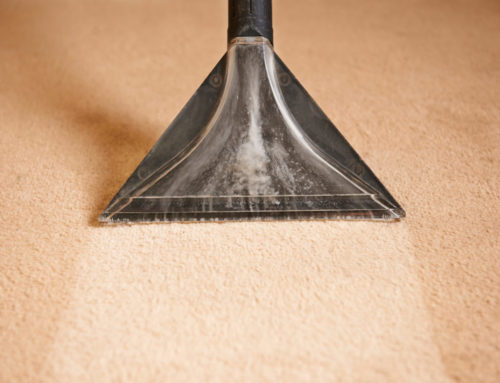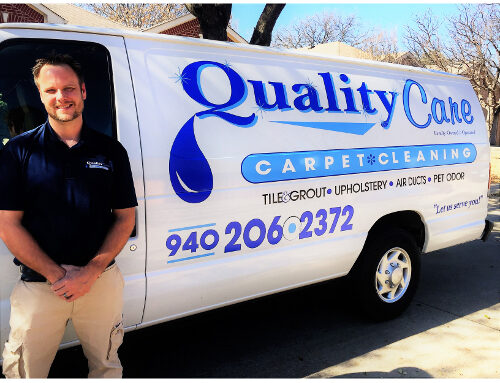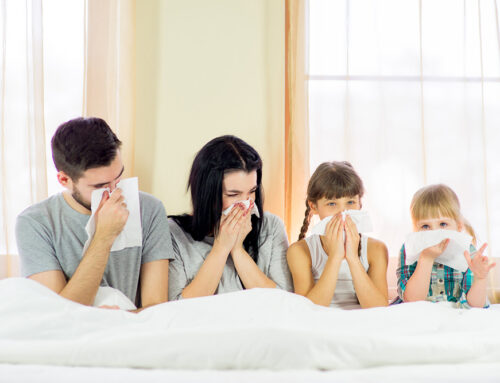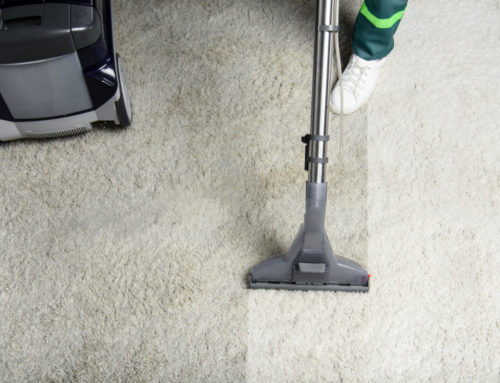How can you tell the difference between Cold, Flu & Allergies?
Fall is often thought of as the begging point for cold and flu season. Many people are already starting to protect themselves and their families against all forms of germs, bacteria and viruses that frequently accompany the season of sniffles and flu shots.
But what a lot of people don’t consider during the fall is the increase in allergies. Some assume that cooler weather equates to less pollen and, therefore, fewer allergies. This is not necessarily true. In fact, cold and flu season may make fall allergies trickier to spot and properly treat.
So what is the source and how to detect it?
According to the Asthma and Allergy Foundation of America, approximately 35 million people in the US suffer from pollen allergies, or hay fever. Unfortunately, fall allergies, flu viruses and colds share a lot of the same symptoms: like sneezing, a runny or stuffy nose; coughing; itchy nose and throat; and dark circles under the eyes. Because of this its hard to differentiate between them all.
So, how can you tell the difference between them all?
- Time Difference – Flu and cold symptoms typically come and go over the course of just a few days; but allergic reactions occur almost immediately and can last a long time, even year-round if you’re continuously exposed to a year long allergen.
- Treatment Difference – Flu and cold viruses have to run their course, but allergy symptoms like postnasal drip and swollen, watery and/or itchy eyes can be improved almost instantly with proper treatment. So if you think you might have allergies then try allergy medicine first or vice versa.
- Temperature – If you have a fever, you more than likely have the flu or a cold although some people can have flu like symptoms caused from allergies.
Type of Allergies
- Outdoor Allergens— Ragweed is very prevalent in the fall and can produce (and send airborne) up to one billion pollen grains per plant, making it responsible for 75% of reactions in people with hay fever allergies. Another big outdoor allergen this time of year is mold, all those beautiful mounds of multi-colored leaves that are eventually blown all around can easily carry mold.
- Indoor Allergens— If you’re thinking the best way to avoid fall allergies is to stay indoors, think again. A recent independent study found that indoor air can be 10 times more polluted than outdoor air. The reason for this is that, in addition to existing indoor allergens like dust mites and pet dander, outdoor allergens sneak indoors on our clothes, our hair, our pets and more. Also your indoor air environment has is continuous recycled air projected from our air units. Our units are not designed to purify the air but to produce heating and cooling.
- Airborne Allergens— Opening windows and doors seems like a good idea in milder temperatures, but that fresh air can also carry dangerous airborne allergens, such as ragweed, right into your home, especially on days with high pollen counts. If you would like to know these pollen counts before you open your windows or doors, just simply check it out on The Weather Channel’s Website and they will simply let you know precisely the allergenic tracking by their allergy monitor system.
- Reduce & Remove
Again, like flu and cold viruses, you can limit exposure to allergens, but unfortunately you can’t block them out completely. The second step to help reduce and remove existing allergens for maximum relief is to have high-efficiency filters and regular cleanings that can help reduce and remove many common indoor allergens and relieve fall allergy symptoms.
- Reduce — Installing a high quality furnace filter with a minimum filtration rating of MERV 8 to attract and capture airborne allergens like pollen, dust and dander, and vacuuming your carpets and rugs once or twice a week with a three-stage HEPA filter vacuum will help reduce allergens in your home.
Remove — Start the season right with a deep cleaning by Quality Care Carpet Cleaning. In a study conducted by a leading independent lab, our Hot Water Extraction method was found to remove, on average, 98% of common household allergens, such as dog and cat dander and dust mites, from carpets and upholstery and, when a sanitizer was added, 89% of airborne bacteria
- Relieve — Even after taking proactive measures, some indoor and outdoor allergens are going to find their way into our lives and our homes. But that doesn’t mean we have to live with them. Whether you suffer from allergies and/or asthma or you just want to provide the healthiest home for your family, Quality Care Carpet Cleaning can help you remove the allergens and bacteria hiding in your home and improve your indoor air quality.





